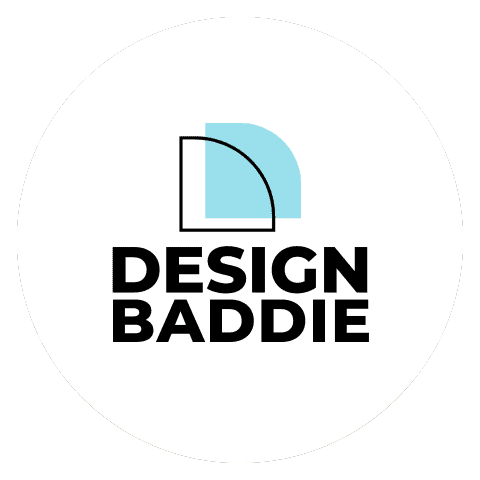Of the five style genres discussed on this blog, Modern Eclectic is the home genre of styles that are mostly modern, but take some liberties with the concept of pure modern.

A style genre falls on a spectrum of five style types that range between modern and traditional. By putting pure modern and pure traditional style types on two opposite poles and “pure” eclectic (also known as transitional) in the middle, we are able to come up with three “pure” categories of two extremes and one perfect 50/50 mix of the two. The final two in-between styles are incremental styles that fit between eclectic and traditional and eclectic and modern on each side. These mid-way styles create a “modern-eclectic” and “eclectic-traditional” category. The style spectrum can explain all possible styles by analyzing their general makeup of traditional and modern elements. Key features to examine in interiors include the architectural shell, the color and pattern profiles, the furniture, decor and art.
1. Asian Zen Style

Asian Zen categorization could easily be reversed from the modern side to its opposing mid-range category: eclectic-traditional. One argument for a more traditional placement would be that Asian Zen has a fair bit of traditional Asian flavor. To the untrained eye, it looks completely and quintessentially, Oriental.
However, most of the examples I’ve found of this style tend to be fairly modern interpretations of what is sometimes a combination of traditional far east Asian styles, like Japanese and Chinese. It is also worth noting that new constructions of this style tend to incorporate very modern construction materials and fittings.
Asian Zen interiors are not meant to be slavish reproductions of traditional design; they are better understood as a modern-day homage to Asian design principles. Thus, they work very well for our modern-eclectic category as they are modern with a traditional twist.
My final (and possibly controversial) point on this style is that I find traditional Japanese design thinking to be way ahead of its time, putting its minimalist traits comfortably within what can be considered modern parameters. Frank Lloyd Wright, one of the progenitors of modern design in America was heavily influenced by his travels to Japan as a young man. It could be said that minimalist Japanese design was stylistically ‘modern’ (simplicity of form, minimalism, use of right angles, etc.) long before the modern movement which we read about in architectural history.
So, rock on, Japanese design!
2. Ethnic Modern Style

In Ethnic Modern Style we see strong cultural clues similar to the ethnic and cultural influence evidenced in Asian Zen style. We are also struck at the same time how well the ethnic motifs and characteristics fit into an otherwise very starkly modern interior.
Because African, (as well as a lot of Aboriginal and First Nation!), art embraces symbolism and relatively simplistic forms, many ethnic design elements fit in incredibly well with modern architecture.
Abstraction in art is considered a more modern idea, as art reverted to abstraction after a very long tour of classicism. Perhaps we forget that abstraction was always there just under the surface, only that it was less apparent in the European tradition for a good portion of artistic history.
Another interesting things to note here is that geometric type patterns tend to read as more modern, even when they are ancient in origin, as is evidenced by the Greek Key motif, a mainstay in modern coastal and early 2000s decorating.
Something about simplicity is timeless, isn’t it?
3. Industrial Style

Ah, Industrial style. The wildly popular style that was, at first, created from necessity. Obsolete factory buildings needed repurposing, and industrial style took the best of the heavy look associated with heavy industry and made it cool.
Born of the wickedly clever mother of invention, industrial style has since produced a galaxy of striking interiors in countries around the world. It is a look which can be hard to get enough of, at least for me and others who appreciate Brutalism on some level.
If you don’t quite ‘get’ the power that simple concrete, steel and brick architecture has to frame a natural view, check out this wine estate in Cape Town. Visiting there almost took my breath away.
Although I would argue that more examples of this style can be found in commercial and public interiors than private homes, it is also true that the public coming to embrace what could be considered a rather brutish style was born of this exposure.
If public buildings showcase the full effects of this utilitarian and sometimes fantastical style, residential furniture icons like Restoration Hardware bring it home. Literally. This style is loved by hipsters, creatives and steam punk enthusiasts, making it vintage yet oddly futuristic.
It is also widely adapted to other styles, like modern farmhouse and chalet style.
Who doesn’t love a good industrial building?
This style is pretty much modernism for skeptics.
I hope you’ve enjoyed my modern-eclectic interior design style boards.
If you want to know more about style genres or would like to see a few of my pure modern boards, go here.
The next installment in this series, “The Big Five Style Genre” is follows below:
Happy style hunting and happy designing!

Join us for a fresh take on style!








Very informative and interesting Saskia. Thanks
You’re welcome. Let me know when we hit your genre 😉